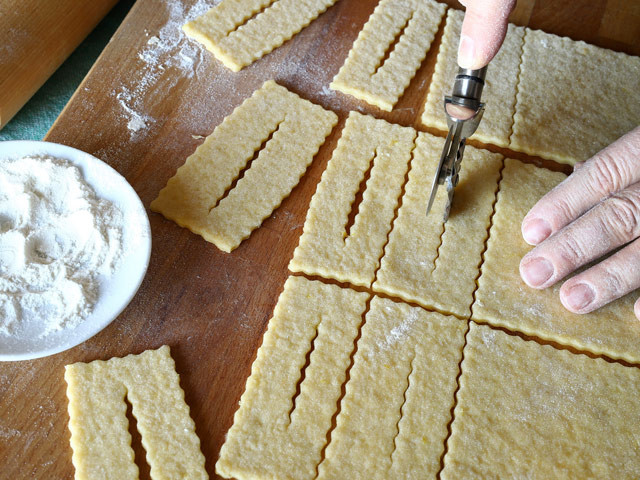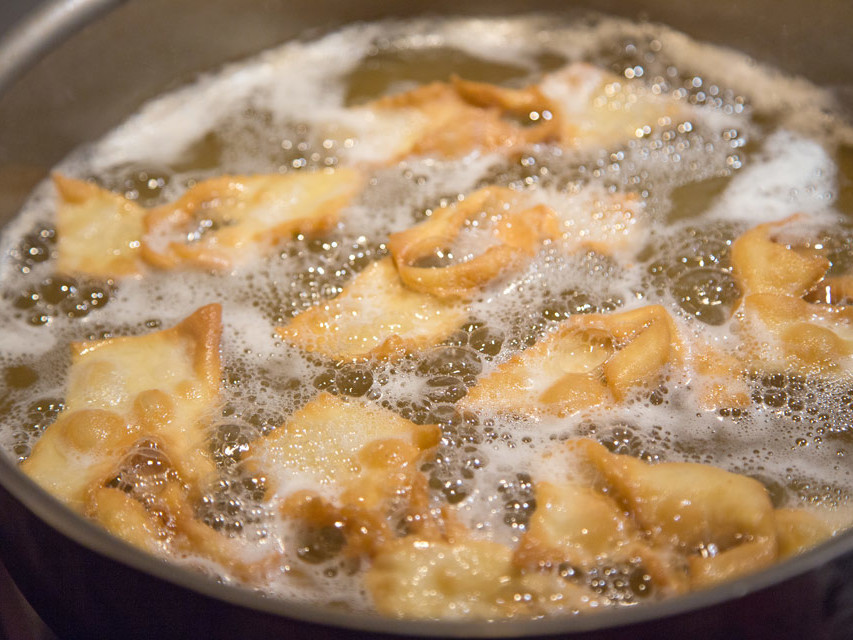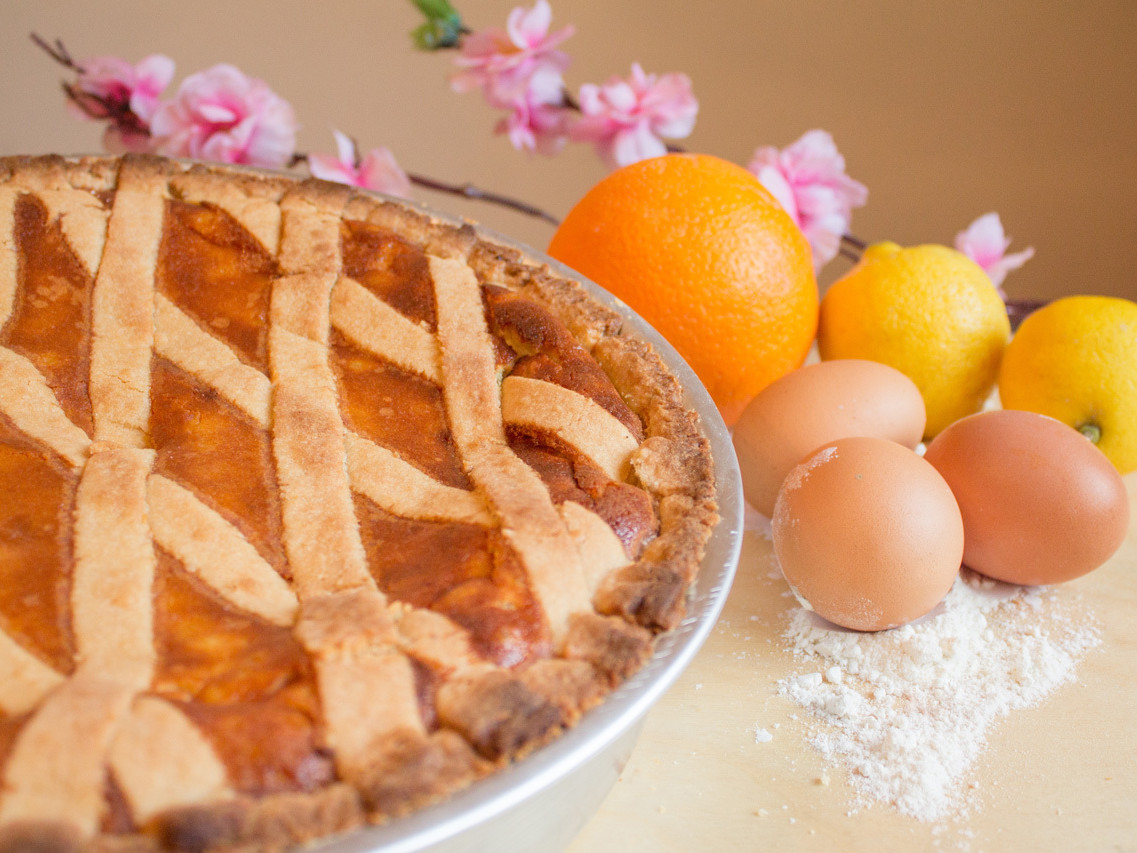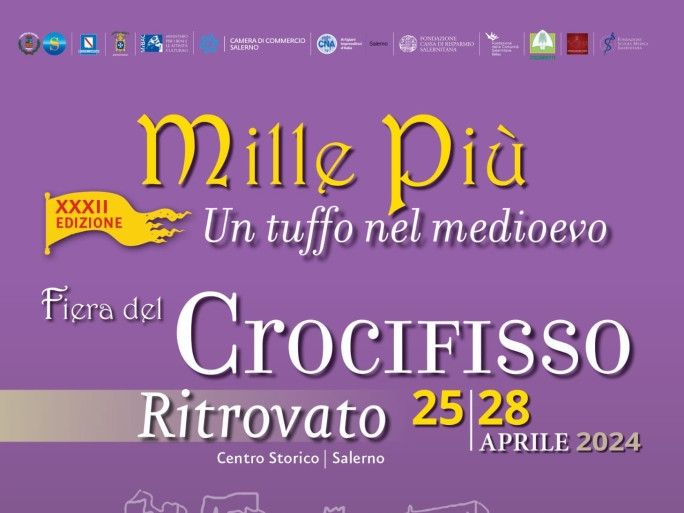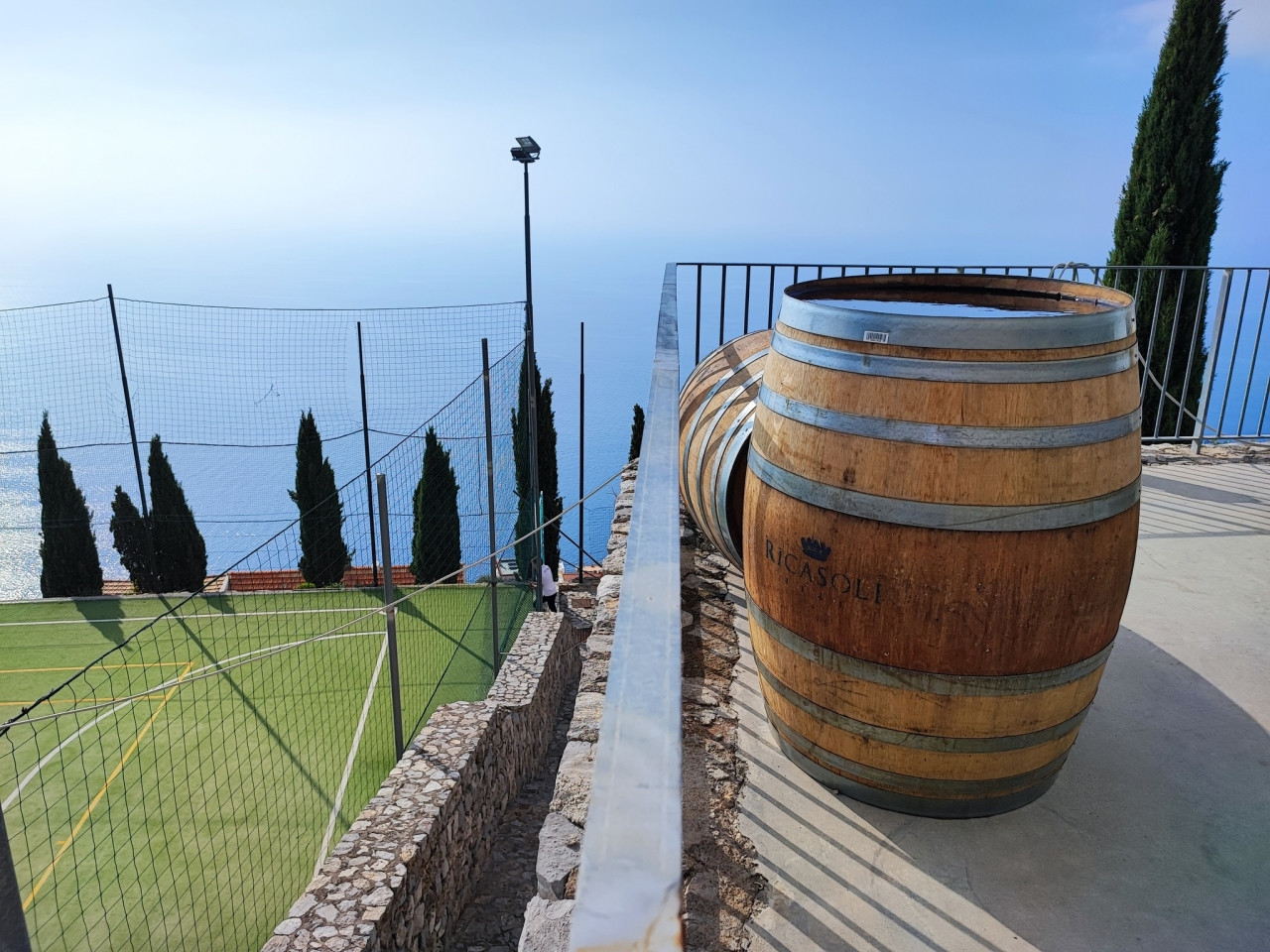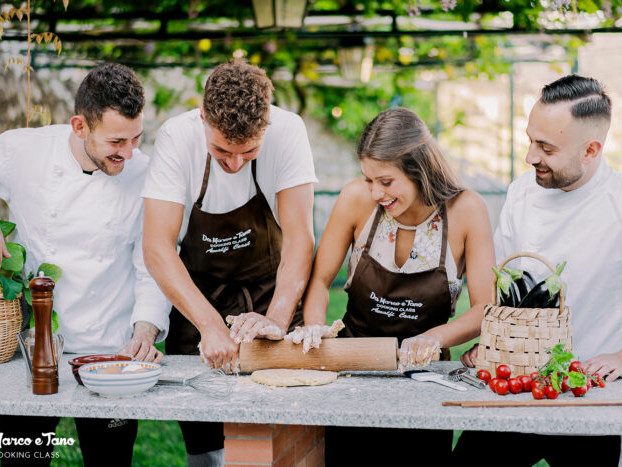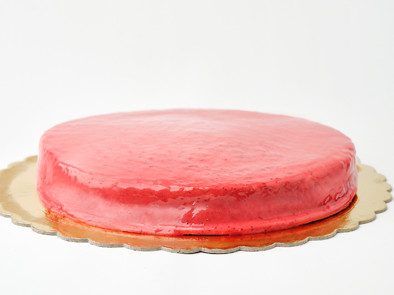THE CARNIVAL CHIACCHIERE: HISTORY AND RECIPE OF A MUCH-LOVED DESSERT
Chiacchiere is certainly the most loved Carnival dessert. This is a recipe based on crumbly egg dough, cut into rectangles with irregular edges that are fried in heavy oil and finally garnished with powdered sugar. Let's find out their history and how we can make them at home!
by Roberta Cascone
During the Carnival period in Italy there is a vast and varied production of typical desserts that change from region to region. There is one, however, that is equally widespread throughout the Italian Boot: chiacchiere!
share this article
The Carnival Chiacchiere
The history and origins of the dessert with many names
The history of chiacchiere is very ancient: in fact, it is likely to derive from frictilia, which are sweets fried in animal fat that in ancient Rome were prepared precisely during the period of the Roman calendar that corresponds to the Carnival of the Catholic Church. Legend, on the other hand, has it that the origin of the chiacchiere is linked to a particular episode starring Queen Margaret of Savoy: during a meeting with some guests, the queen reportedly asked the court cook, Raffaele Esposito, to prepare a dessert that would brighten her talk with those present. So the chef, taking a cue from that convivial situation, created a quick and tasty dessert and named it, indeed, "chiacchiera", that literally means “chit-chat.” In fact, chiacchiere is not named that way in all regions of the peninsula; on the contrary, it is probably the Italian dessert with the most names of all. For example, in Piedmont and Liguria they are called "bugie"; in Tuscany "cenci" or "frappole," in Abruzzo "cioffe," in Lazio "frappe," "sfrappole" in Romagna, and so on. Nevertheless, the recipe remains practically the same, and the result is the same: a crumbly, quick-to-make and very tasty cake loved by young and old alike. But how can we make it at home? Here is the recipe for you!
How to make Carnival Chiacchiere
Let’s turn to preparation:
- In a bowl, crack an egg, add a tablespoon of sugar and a tablespoon of liqueur.
- Add the sunflower seed oil, grated lemon peel, and salt and mix with your hands.
- Gradually add the flour and start kneading.
- Move the dough to the floured work surface until it gets smooth and homogeneous.
- Roll out the dough with a rolling pin to make a thin sheet. Dust with flour during the process. To make the pastry even more crumbly, fold it back on itself and roll it out several times with the rolling pin.
- Using a pizza wheel, cut the dough into strips to make rectangles.
- Heat the frying oil in a frying pan and try putting a small piece of dough in: if it comes back to the surface, the oil is ready! Fry a couple of chiacchiere at a time and turn them over so they cook on all sides.
- Once golden brown, drain the chiacchiere and place them on paper towels.
- Finally, sprinkle them with plenty of powdered sugar and eat them warm!
Et voilà, Carnival chiacchiere are served!
- Chiacchiere is a popular dessert abroad as well! In fact, there are many European versions of them: in France they are known as oreillettes or as merveilles; in Spain as orejas, in Croatia krostole, and in Germany Räderkuchen.
- If you want to make your chiacchiere lighter, there is also a baked variant: in that case, I suggest you give the cakes a larger cut, place them on a baking sheet with baking paper on the bottom and then bake them at 200 °C for about 10 minutes.
fun facts
share this article
